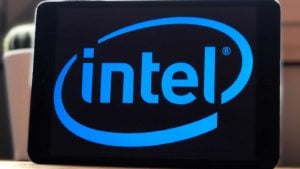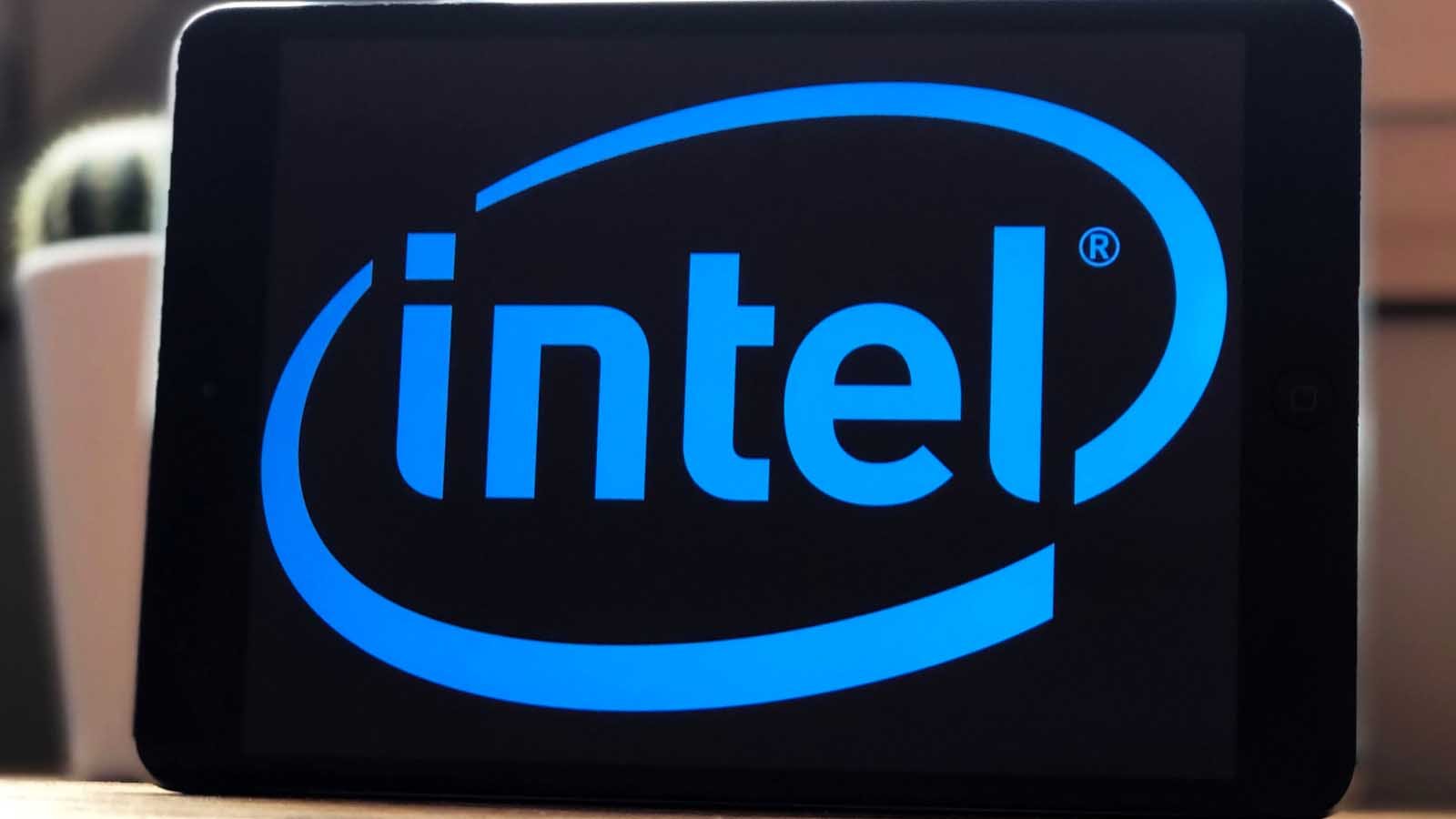Although the semiconductor industry is — for the most part — absolutely on fire right now, Intel (NASDAQ:INTC) stock has bucked the broader trend. Instead, Intel stock has been crushed by Wall Street on concerns that the company is permanently falling behind the innovation curve.

Specifically, while many peers like direct competitor Advanced Micro Devices (NASDAQ:AMD) are pioneering a new era of smaller, faster 7-nanometer chips, Intel is still stuck ramping production of its 10-nanometer line. Worse yet, management has consistently delayed the launch of Intel’s own line of 7-nanometer chips, with the most recent delay pushing back 7-nanometer chip production all the way to late 2022.
That’s two years away.
By that time, AMD and others will be well past 7-nanometer chips, and will likely have moved onto 3-nanometer production.
To that end, Wall Street is worried the market share erosion narrative that has hampered Intel’s growth over the past few years will persist for the next few years, too, thanks to lagging innovation.
On those concerns, Intel stock has dropped 14.8% year-to-date. Meanwhile, the iShares PHLX Semiconductor ETF (NASDAQ:SOXX) has rallied nearly 25%.
But, despite the headline concerns, this significant under-performance in Intel stock is a golden buying opportunity. And here’s why.
Intel Is Still Growing
Although the rest of the industry is producing 7-nanometer chips while Intel is producing 10-nanometer chips, the reality is that Intel’s 10-nanometer chips are still very good. They deliver high performance at a reasonable price. And with that, they are still being broadly adopted across the semiconductor supply chain.
Look no further than second-quarter numbers for proof of this. Total revenues rose 20% year-over-year, paced by 34% revenue growth in the company’s data-centric business. Of particular relevance, Data Center Group revenues rose 43% in the quarter, underscoring that Intel’s chips are continuing to play an instrumental role in defining the modern era of cloud computing.
Meanwhile, operating margins were flat year-over-year. And earnings per share rose 16%.
So, yes, Intel is behind on the innovation curve. But the company is still growing, and very quickly because the company’s “older” products are still very, very good.
As such, even though 7-nanometer chips aren’t slated to hit the market for another two years, Intel should able to sustain healthy revenue growth in the meantime. This is because of the company’s still robust product portfolio and powerful macro demand tailwinds from end-markets like 5G, cloud computing, AI and self-driving.
The 400 Pound Gorilla Will Bounce Back
Saying Intel won’t bounce back from today’s production delays is like saying LeBron James won’t bounce back from a bad game.
That’s because, in the same way that LeBron James has dominated the NBA over the past decade, Intel has dominated the semiconductor market over the past two decades. That said, the company is truly the 400-pound gorilla in this space.
Additionally, revenues this year are slated to come in around $75 billion. Meanwhile, Nvidia (NASDAQ:NVDA) will do about 20% of that at $13 billion, and AMD will do 12% of it at $9 billion. Meanwhile, with global semi sales projected to be $426 billion this year, Intel will control about 17.6% of the global semiconductor market, dwarfing every other player in this space.
This dominance is nothing new. Intel has controlled between around 15% to 20% of the global semiconductor market for the past twenty years.
In other words, this company has a long history of dominating the CPU industry. So, why won’t this trend continue?
Well, it will.
Intel has $25.8 billion in cash and investments on its balance sheet to deploy at attracting talent and investing in new technology, while there are 111,800 employees at the company dedicated towards advancing the company’s product line-up. By comparison, Nvidia and AMD combined have less than $15 billion in cash and investments, and less than 25,000 employees.
Again, that is combined. Meaning that even together, Nvidia and AMD have a fraction of the resources and manpower of Intel.
Thus, I wouldn’t bet against this 400-pound gorilla. Intel will lean into its long history of dominance, its unmatched resources and its unmatched manpower to bounce back. And when it does, this will translate into big gains for depressed INTC stock.
Intel Stock is Dirt Cheap
Relative to the company’s long-term growth prospects, INTC stock is significantly undervalued.
Intel will lose market share into 2022. However, such share erosion will be gradual given Intel’s dominant incumbent positioning. Plus, the global semiconductor market will sustain 4%-plus sales growth over the next few years.
During that stretch, Intel should sustain 1% to 2% revenue growth.
Meanwhile, post-2022 and 7-nanometer product launch, Intel should regain lost market share in 2023, 2024 and 2025. In those three years, Intel could grow sales by 4%-plus.
Concurrently, gross margins will be under pressure into 2022 thanks to more lower-margin 10-nanometer sales. Post-2022, though, a bigger mix of higher-margin 7-nanometer sales will boost gross margins. Also, Intel is exercising disciplined cost control, so any revenue growth in excess of 2% over the next five years will generate positive operating leverage.
Collectively, Intel reasonably projects as a low-to-mid single-digit revenue grower into 2025, with upside margin drivers post-2022.
On those assumptions, my modeling suggests that $6.50 in earnings per share is doable for Intel by 2025. Based on a historically-average 13-times forward earnings multiple and an 8.5% annual discount rate, that equates to a 2020 price target for INTC stock of over $60.
Bottom Line on INTC Stock
Overall, Intel stock is down, but it’s not out.
Over the next few quarters, fears regarding the Intel apocalypse at the hands of lagging innovation will subside as the company continues to report strong numbers. Meanwhile, the absence of an additional 7-nanometer delay announcement will inspire confidence that the company is finally back on track.
As those things happen, beaten-up INTC stock will rebound. And not by a little, but by a lot because of where it is today.
On the date of publication, Luke Lango did not have (either directly or indirectly) any positions in the securities mentioned in this article.
Luke Lango is a Markets Analyst for InvestorPlace. He has been professionally analyzing stocks for several years, previously working at various hedge funds and currently running his own investment fund in San Diego. A Caltech graduate, Luke has consistently been recognized as one of the best stock pickers in the world by various other analysts and platforms, and has developed a reputation for leveraging his technology background to identify growth stocks that deliver outstanding returns. Luke is also the founder of Fantastic, a social discovery company backed by an LA-based internet venture firm.
